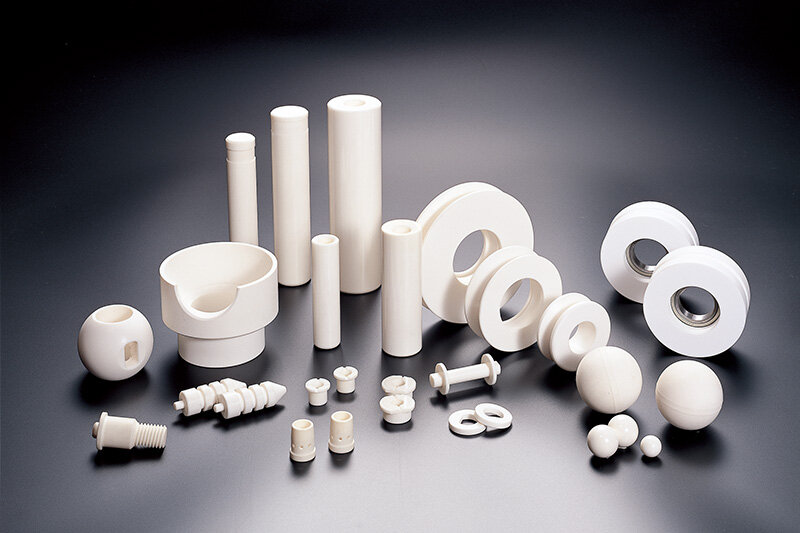Effect of Powder on Thermal Conductivity of Alumina Ceramics

In the preparation process of ceramic materials, the preparation of powder is a very important link, and the performance of the powder directly determines the performance of the finished ceramic product. The performance of the powder mainly depends on the particle size distribution and microscopic morphology of the powder.
The particle size distribution of powder mainly affects the grain size and sintering performance of ceramic materials. The researchers studied the effect of the particle size distribution of the powder on the density of the alumina ceramic material, and the results showed that the alumina ceramic with a density of nearly 99% can be prepared regardless of the use of a wide or narrow particle size distribution powder, and its grain size can be maintained. At about 1 μm, however, a wider particle size distribution can increase the density of the powder compacted green body, enabling the material to undergo a densification process with a smaller shrinkage rate. The main reason is that the large particles in the powder with a wide particle size distribution will More voids are formed, which are filled with fine particles during the molding process.
The researchers conducted a more in-depth study on this. They divided the sintering into three stages: initial, middle, and late stages. The powder with a wider particle size distribution increases the density of the green body and accelerates the densification rate of the ceramic in the early stage of sintering. In addition, in the middle stage of sintering, the powder with wide particle size distribution increases the rate of grain growth, and the closed isolation pores in the material are embedded in the larger granular matrix, so it has better sinterability and helps To maintain a high sintering speed in the later stage of sintering. However, a wider particle size distribution will lead to a difference in densification due to the accumulation of local particles of the material. Even when the particle size distribution exceeds a certain size, the grain size of the sintered body will be too large and the pore structure will become coarser. In order to obtain highly densified alumina ceramics, the selection of molding and sintering methods plays a key role in the selection of powder particle size distribution. Therefore, the particle size distribution of the powder has a great influence on the density of the ceramic material, which in turn determines the thermal conductivity of the ceramic.
The alumina powder with regular shape will have a great impact on the performance of ceramic materials during the sintering process. The researchers believe that the powder with reasonable particle size and particle gradation can be granulated by adding a binder to the powder. Making it more fluid will have a positive impact on subsequent molding and sintering. Among them, the granulation process is to make the powder form a spherical shape under the action of the binder, which also indirectly shows that spherical alumina plays a positive role in improving the density of ceramics during the molding and sintering process.
Therefore, it can be found that the performance (morphology and particle size) of the powder affects the performance of ceramic sintering, which also means that the thermal conductivity of ceramics is inseparable from it. After molding and sintering, the flake powder has a lower density and a higher porosity. , the researchers preliminarily speculated that its thermal conductivity is not high; and spherical alumina powder can produce high-density transparent ceramics, so it can be judged that using spherical powder to prepare thermally conductive ceramics is a suitable choice.
